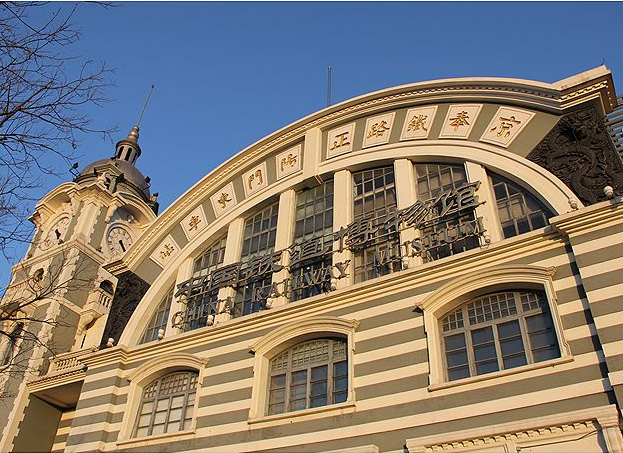As a traveler passionate about off-the-beaten-path experiences, I’m always on the lookout for unique routes. Today, I’d love to share a cultural day trip through six distinctive museums in Beijing. One of the highlights is Zhihua Temple, a key site under the Beijing Cultural Exchange Museum network.
Stop 1: Fuxingmen – Where History Meets Modern Life
Getting There & Highlights
We begin at Fuxingmen, a central and convenient area in Beijing (though traffic can be heavy during rush hours). A newly developed cultural and shopping street nearby is worth a stroll.

A Beautiful Souvenir: My Hand Fan
I picked up a traditional folding fan here, made by the renowned brand Jing Shan Zi. Their fans are high-quality and make excellent gifts or personal keepsakes. Mine cost around RMB 200 and is made with Yunni paper, known for its natural, cloud-like patterns. I also bought a matching fan case — a bit pricey, but beautifully crafted.
China Railway Museum (Zhengyangmen Branch): A Tribute to China’s Rail Legacy
From Fuxingmen, head to the China Railway Museum near Zhengyangmen (Qianmen Gate). The building was originally a train station, and during the construction of the Beijing subway, engineers used a “mirror relocation” technique to move part of the clock tower to preserve the historic structure.
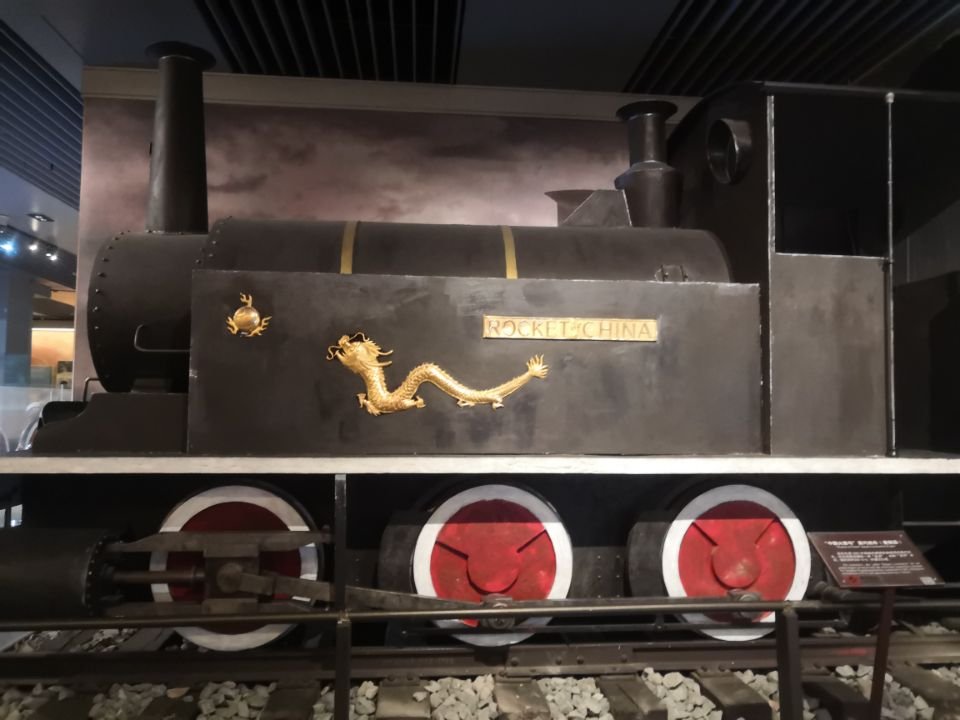
If you’re especially interested in trains, the museum’s Dongjiao Branch (Eastern Suburb) offers an even larger collection of locomotives and railway artifacts.
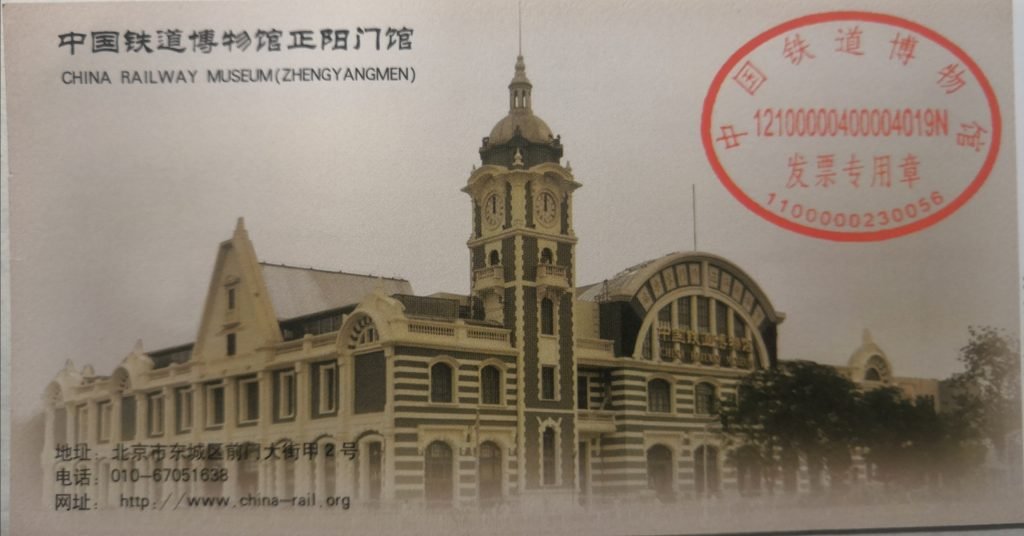
Stop 2: Dongjiaominxiang – Beijing’s Former Legation Quarter
Strolling Through History
Take Metro Line 1 or 2 to Dongjiaominxiang, a street with deep historical roots. After the Second Opium War in 1860, foreign powers including Britain, France, the U.S., Russia, Japan, Germany, and Belgium established embassies here, turning the street into a diplomatic hub. Though many buildings are now weathered and closed to the public, you can still admire their architecture from the street.

St. Michael’s Church: A Hidden Gothic Gem
Directly opposite the former French embassy lies St. Michael’s Church, also known as “Saint-Michel,” meaning “Who is like God.” In Christian tradition, St. Michael is the archangel who defeated the dragon, a symbol of evil. This gothic-style church is not always open to visitors, but you might get a chance to enter during Christian holidays.
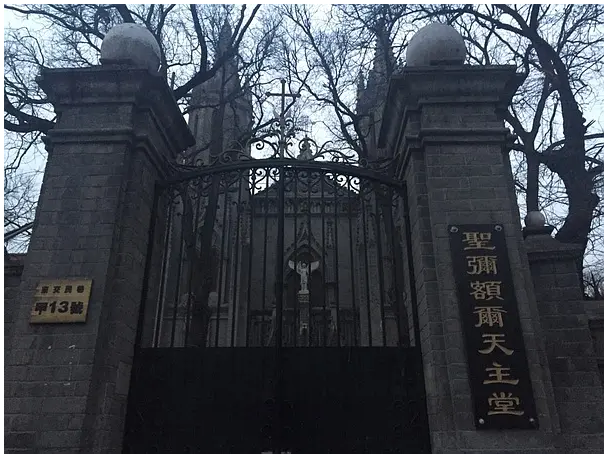
Beijing Police Museum: Discovering Public Security History
This area also houses several government institutions, including the Ministry of Public Security and the Supreme People’s Court. Nearby attractions include the Hanlin Academy Ruins, the China Court Museum, and the Beijing Police Museum.
If you’re short on time, a quick photo in front of the China Court Museum (a popular wedding photo spot) will do.
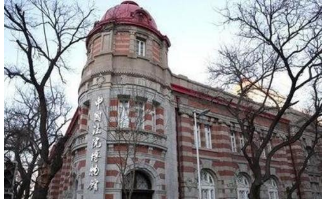
The Beijing Police Museum, once the site of the former American Citibank Beijing branch, contains over 2,000 artifacts tracing the evolution of policing in China from the Han Dynasty to today. It has four floors:
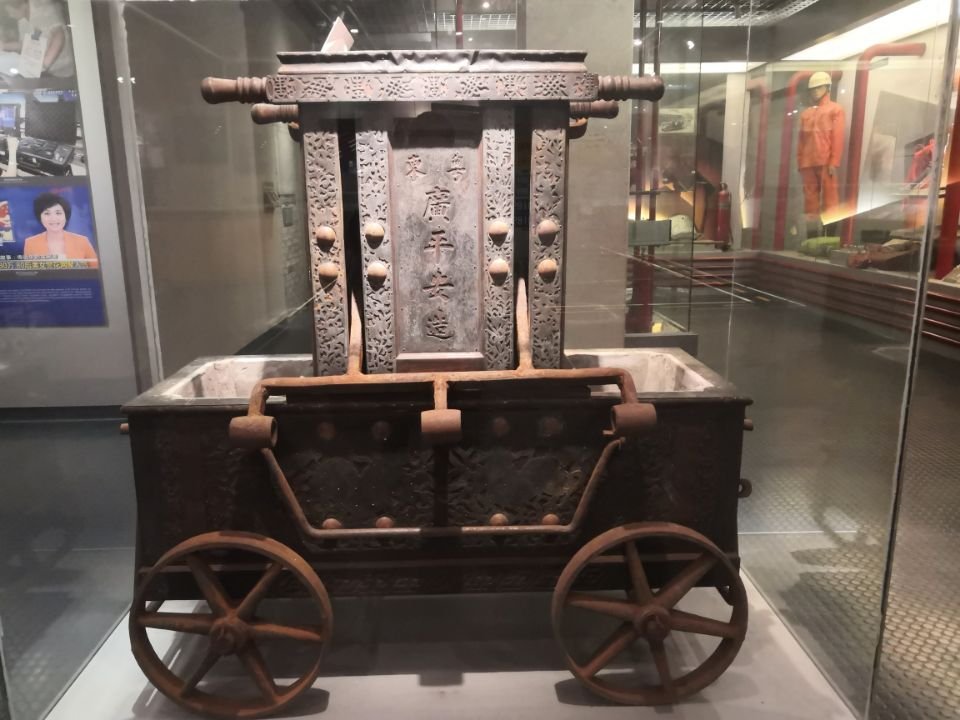
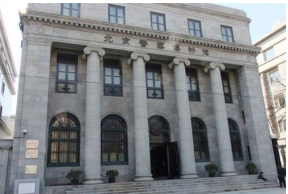
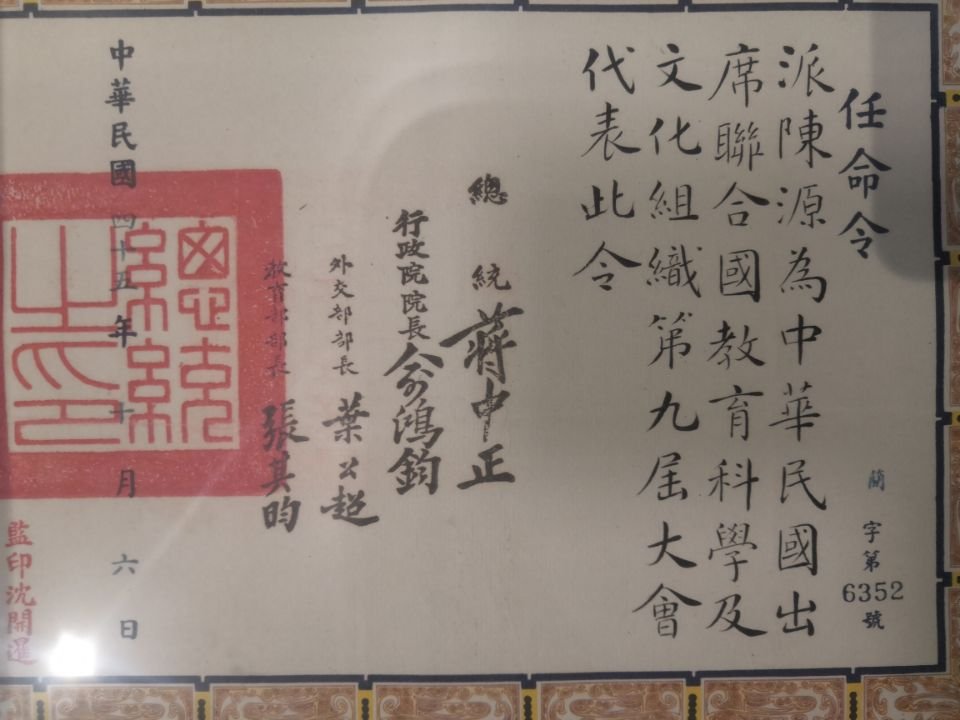
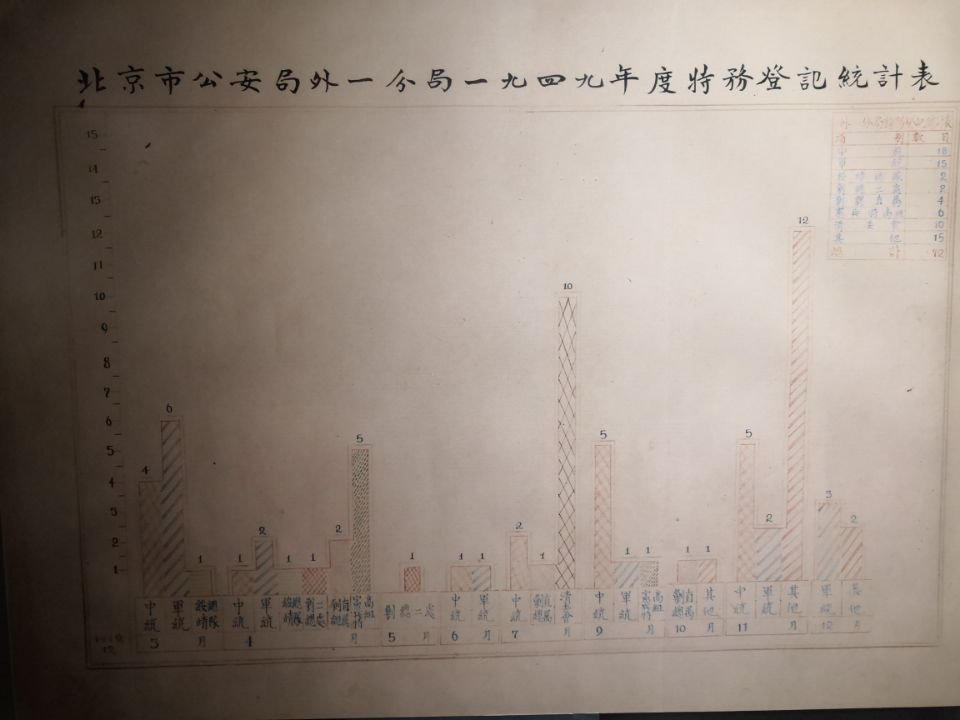
- 1st Floor: Modern duties of the capital’s police force
- 2nd Floor (Highly recommended):
- Ancient law enforcement
- Beijing police in modern history (including household registration and immigration control)
- Criminal investigation (with detective tools on display)
- Prison management
- 3rd Floor: Police responsibilities and a memorial wall for fallen officers
- 4th Floor: Police uniforms, firearms, and insignia from the late Qing Dynasty to present
Stop 3: China Women and Children’s Museum – Exploring Gender and Family Culture
A 13-minute bike ride from the Police Museum takes you to the China Women and Children’s Museum. This museum highlights how women and children have lived, learned, and contributed to society throughout China’s history. It’s well-curated and deserves at least two hours to explore.
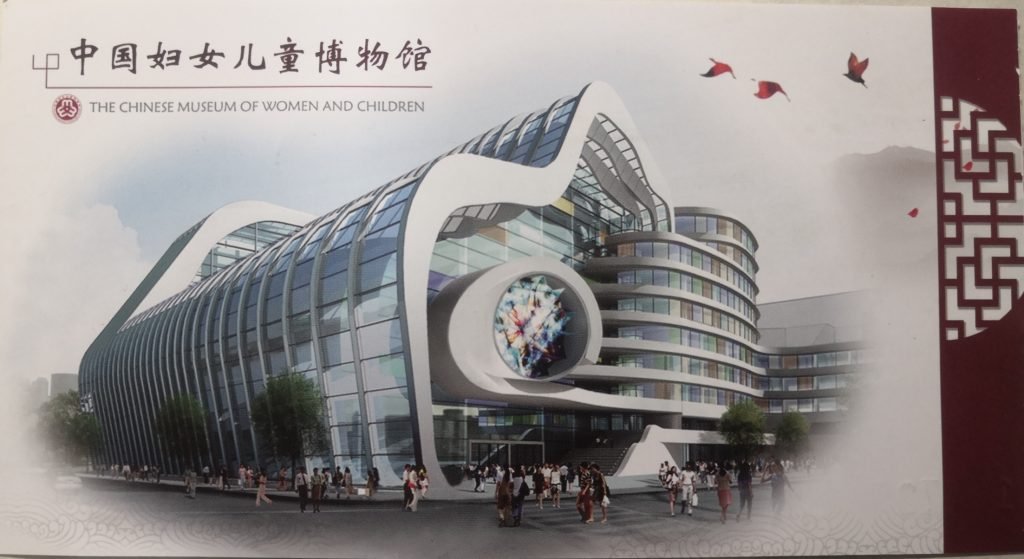
Tip: If you’re feeling tired or hungry, head to Wangfujing for a meal and visit the St. Joseph’s Cathedral and Peking Union Medical College Hospital nearby. You can also bike through the Dongdan Hutong area to enjoy Beijing’s traditional alleyways. However, be aware that some parts of Wangfujing are no-parking zones for shared bikes, so check your app to avoid fines.
Stop 4: Shijia Hutong Museum – Immersing Yourself in Local Life
Just 1 km from Zhihua Temple is the Shijia Hutong Museum, an ideal place to learn about life in Beijing’s traditional alleyways (hutongs). Through interactive displays and personal stories, the museum gives an intimate look at everyday life in old Beijing.
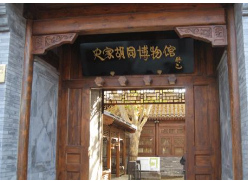
Stop 5: Zhihua Temple – A Living Fossil of Ancient Court Music
Our final destination is Zhihua Temple, a rare gem among Beijing’s historical temples. Built in 1444 during the Ming Dynasty, it was commissioned by Wang Zhen, a powerful eunuch in the imperial court. At its peak, the temple covered 20,000 square meters and featured five courtyards in a traditional layout — much of which still stands today.
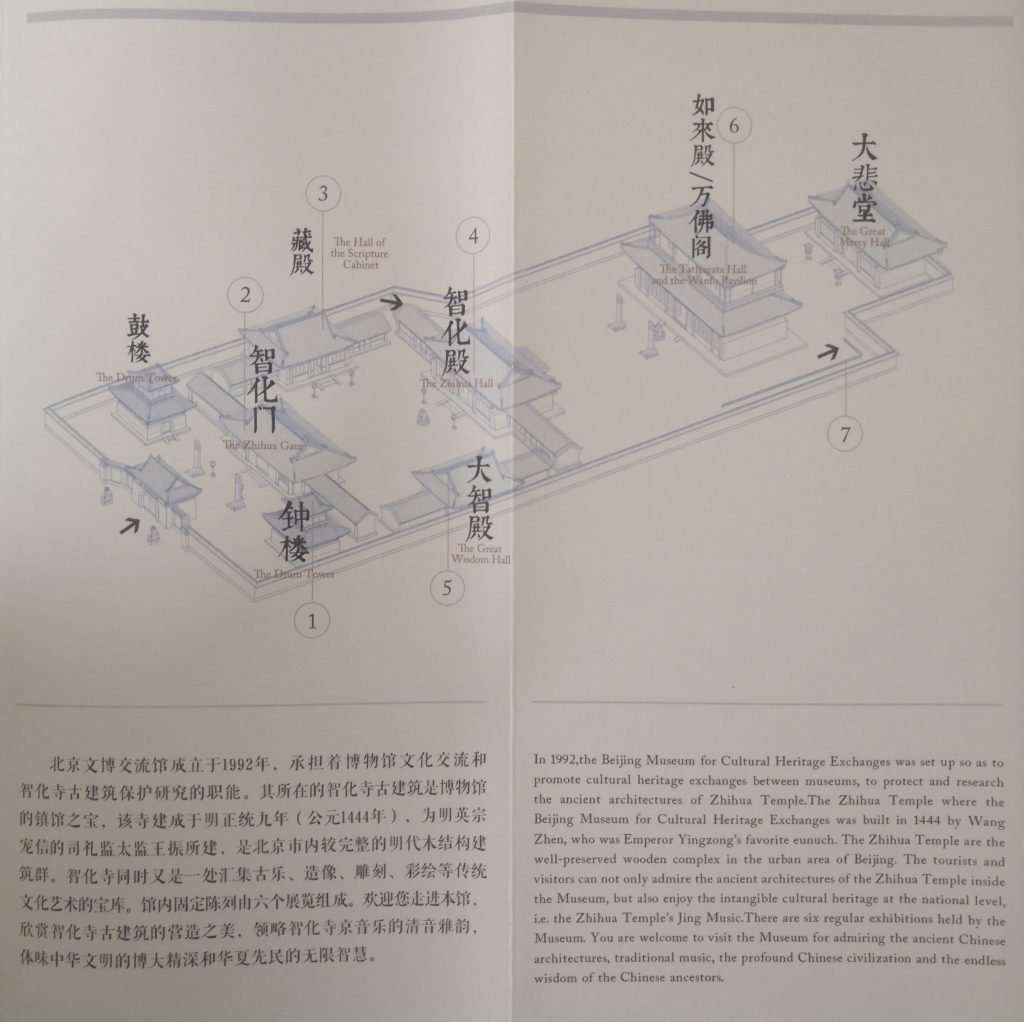
Zhihua Temple Music: A 500-Year Musical Heritage
Zhihua Temple is famous for preserving Jing Music, a type of wind and percussion ensemble believed to originate from the Ming royal court. Passed down through generations of temple monks, this music is a rare blend of Buddhist ritual and ancient court traditions. It’s been called a “living fossil” of Chinese music and was inscribed on China’s National Intangible Cultural Heritage List in 2006.
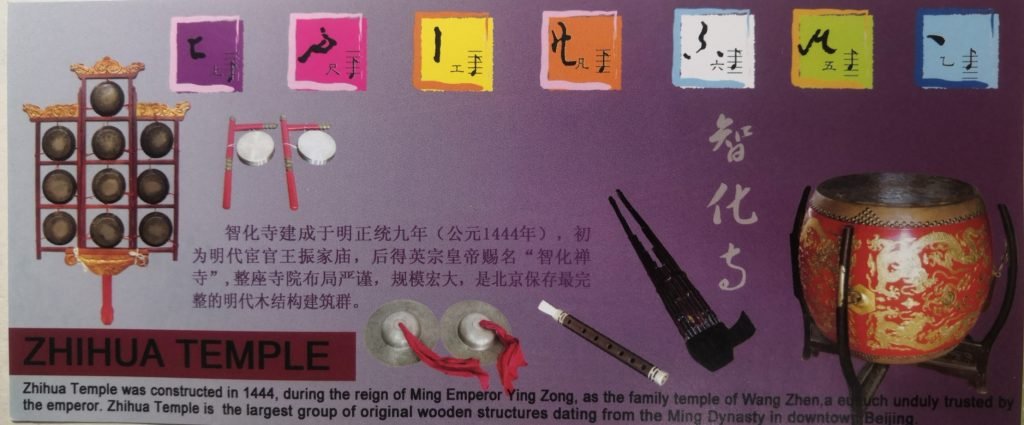
Performance Times: Daily at 10:00 AM & 3:00 PM
(Arrive at least 30 minutes early to enjoy a volunteer-guided tour.)
Travel Tips
- Photo Tip: The afternoon tour may end around 4:30 PM, which could leave little time for photos. Consider arriving early to explore and take pictures first.
- Museum Closures: Most museums in Beijing, including Zhihua Temple, are closed on Mondays. Plan your visit accordingly.
- Unexpected Delight: If you’re lucky, you may find sweet, fragrant pears growing in the temple courtyard — a charming surprise!
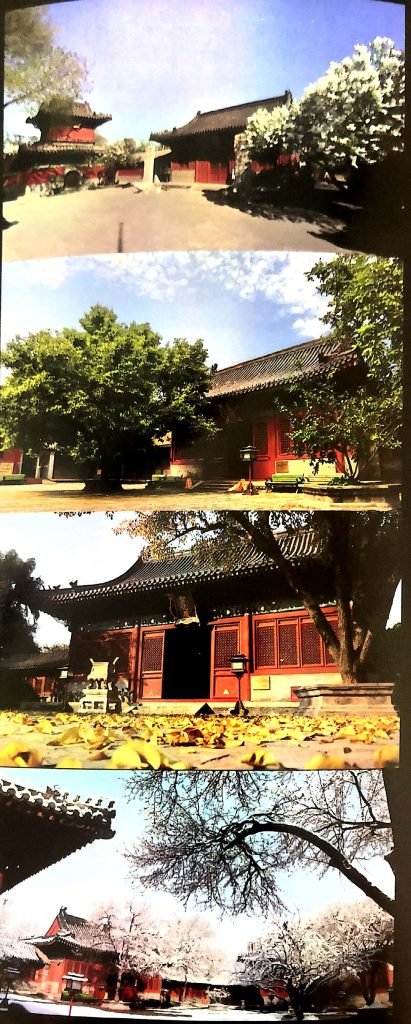
Conclusion
This itinerary offers a rich mix of historical, cultural, and musical experiences all within a single day. From the modern bustle of Fuxingmen, through the diplomatic legacies of Dongjiaominxiang, to the cultural reflections on women, children, and law enforcement, and finally to the ancient sounds of Zhihua Temple — it’s a perfect day of discovery in Beijing.
If you’re a fan of lesser-known travel routes, be sure to bookmark this guide and start your own cultural journey through Beijing!
Originally published on December 10, 2019. Updated in 2025.
